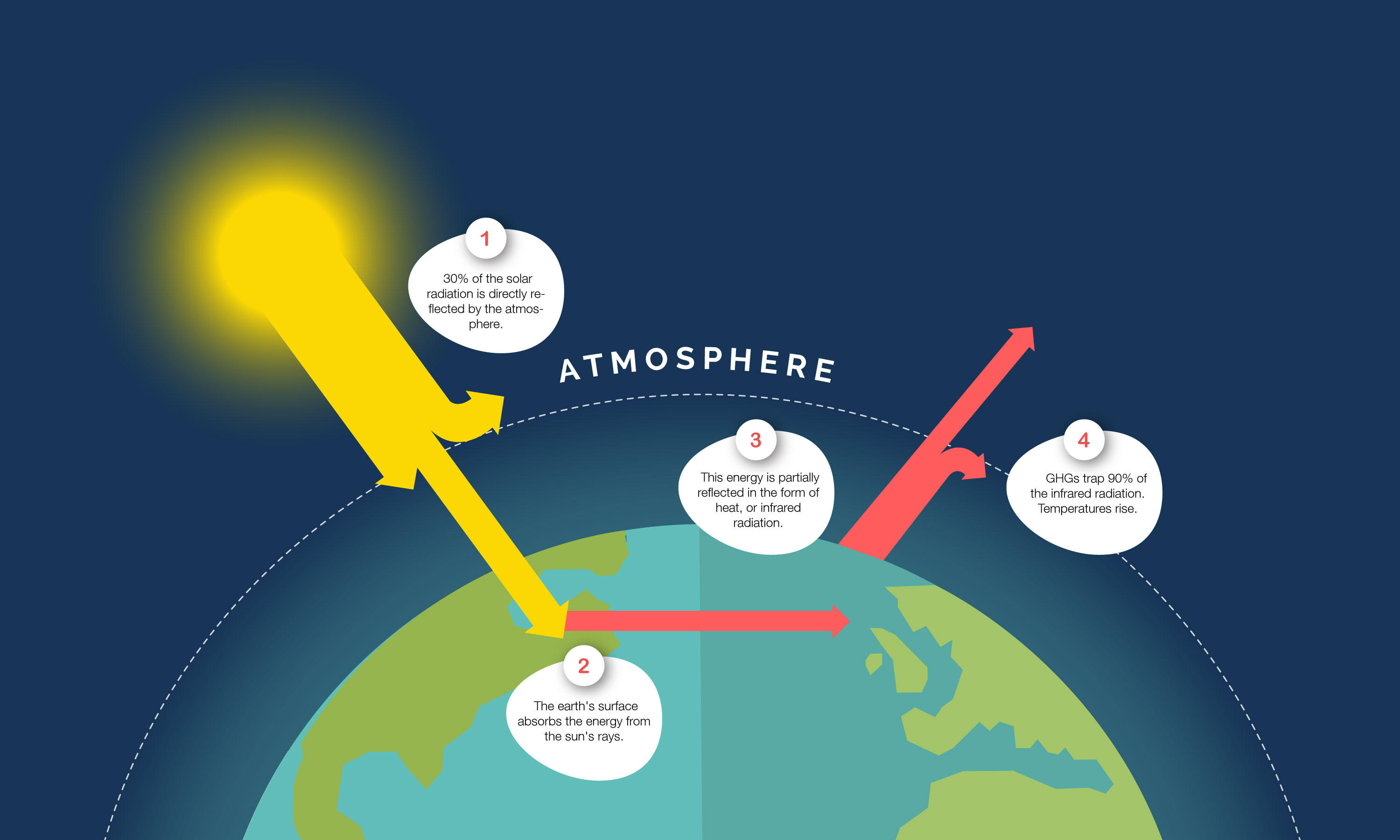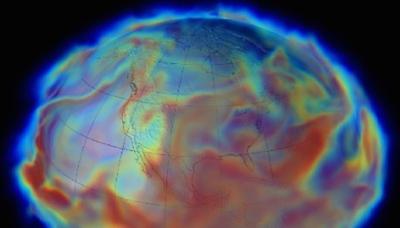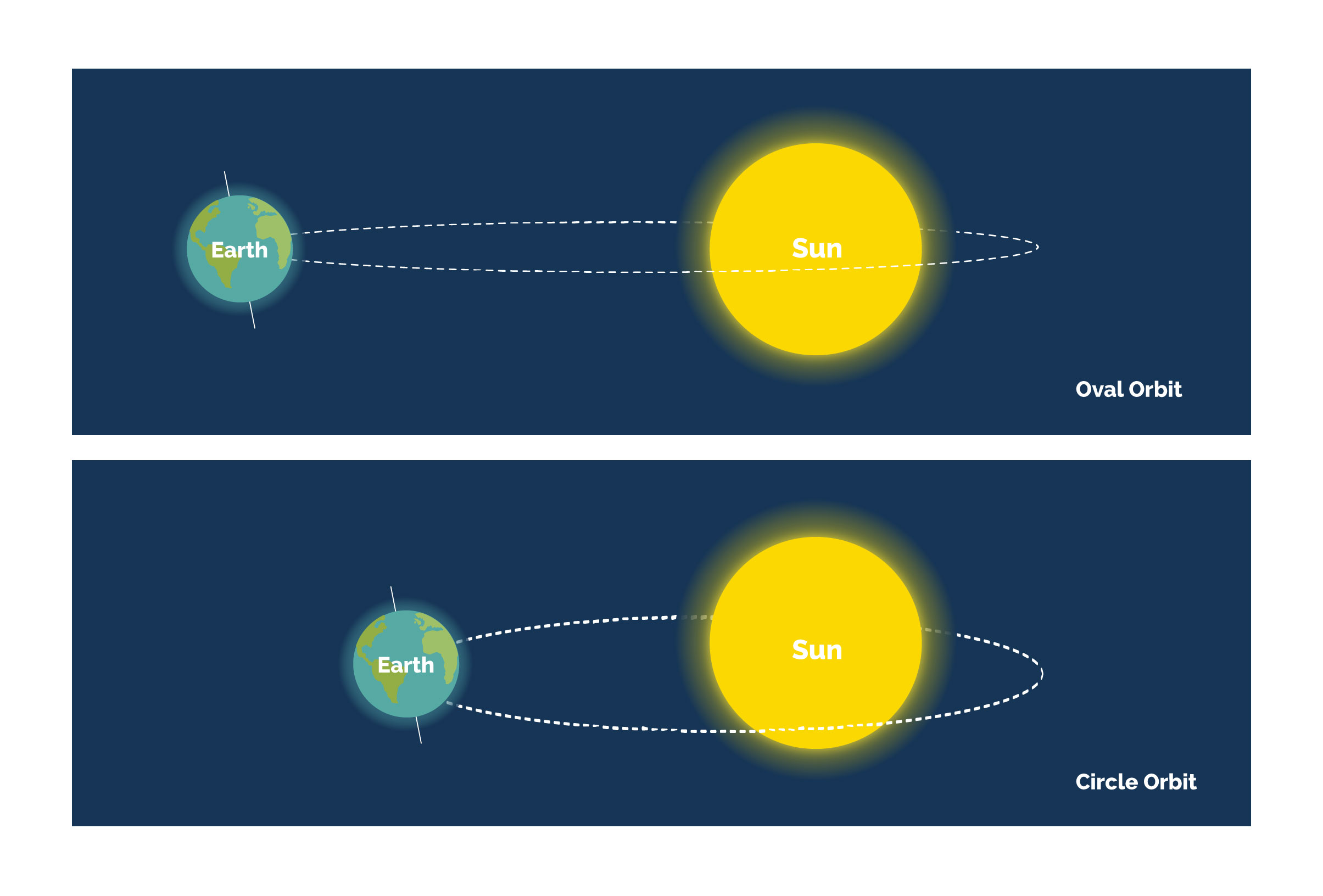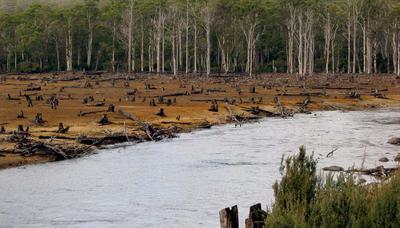The Climate - Basic Principles
What is Climate?
Climate is defined by the measurement of temperatures, humidity, atmospheric pressure, wind, and cloud cover at a specific location over a long period of time. It is therefore not to be confused with weather, which is the study of the same parameters as above, but over a short period of just a few days. Climate represents the evolution of weather patterns in a large geographical area over several decades, or even hundreds of years.
If we want to define a climate and observe its evolution, we need to take into account all of the relevant parameters. We cannot define a climate if we only look at a single parameter (e.g. amount of rainfall). Just because there is the same amount of rainfall in Marseille (France) as there is in Warsaw (Poland), this does not mean that those cities have the same climate. We also have to consider the spatial and timely distribution of the rainfall, as well as other parameters.
Local Climates
There is a great variety of climates on Earth, which has led to the creation of classifications to make it easier to identify and map them. The best known classification system was developed by Köppen and is based on precipitation and temperatures. It defines three large climate groups, namely temperate, hot and cold, which are then subdivided into several climates according to the geographical zones.
The Role of the Sun as the Main Energy Source of the Climate Machine
If there was no Sun, there would be no climates, no seasons, no warmth, and no life on Earth! People sometimes talk about the 'climate machine', and for a machine to work, it needs an energy source: the Sun.
Despite the Earth's molten core and internal activity, its surface temperatures would be icy (-18°C on average) without the energy from the Sun. The Sun is a star that constantly bombards the Earth with solar radiation, thus heating the surface of our planet. Greenhouse gases then trap some of this heat in the atmosphere. Today a balance is maintained, which allows us to enjoy a moderate average temperature of 15°C.

DID YOU KNOW ?
The amount of solar energy reaching the Earth is not always the same. There are variations in the radiation emanating from the Sun. The Sun is regulated by a cycle throughout the course of which its activity diminishes or increases. During periods of intense activity, much more energy is sent towards the Earth than during periods of low activity. However, the variations in this cycle only cause minimal temperature changes on the Earth's surface. A decrease in solar activity is not going to trigger a new ice age!
Climate Variations over Several Millennia
The average surface temperature on Earth has not always been 15°C. Since its formation, the Earth has experienced a number of extremely cold periods: the Ice Ages. These were intermitted by so-called 'interglacial' periods when temperatures were relatively high or 'comfortable'. Glacial periods thus alternate with interglacial periods. This phenomenon happens over thousands of years and is influenced by variations in the distance between the Earth and the Sun over time. It takes our planet 365 days and 6 hours to complete a full loop around the Sun. This is called the revolution of the Earth around the Sun. Its orbit, i.e. the line it draws when revolving around the Sun, changes in shape: a circle is succeeded by an oval, and so on. The further the Earth is away from the Sun, the less energy it receives and the cooler the Earth's surface becomes. These variations are enough to trigger great climatic changes such as shifts from interglacial to glacial periods.
There are also a number of other natural processes that impact on the amount of solar energy received by the Earth, and thus influence surface temperatures. And then there are 'less natural' phenomena such as man-made greenhouse gas emissions. The latter are responsible for the climate change we are currently observing.
The Seasons
A season can be described as a portion of the year when temperatures and meteorological conditions remain relatively stable. The number of seasons depends on one's location on the planet. For example, in temperate zones like Europe, there are four successive seasons in a year (autumn, winter, spring, summer). This is called the alternation of the seasons. As the Earth revolves around the sun, it also rotates on its axis, which is tilted by an angle of approximately 23.5° with respect to the planet's orbital plane. As a result of its axial tilt and spin, the Earth does not maintain the same inclination facing the Sun during its year-long journey around it, and this causes the seasons. The Earth's axial tilt explains why we experience summer in the northern hemisphere at the same time as winter occurs in the southern hemisphere. During the summer months, the surface north of the equator benefits from direct exposure to the Sun's rays, leading to higher average temperatures. At the same time, the surface south of the equator only receives indirect sunlight. Average temperatures are lower as a result, and the southern hemisphere experiences winter.
Northern Hemisphere: Summer / Southern Hemisphere: Winter Northern Hemisphere: Winter / Southern Hemisphere: Summer
The Ocean: A Climate Regulator
The intensity with which the Sun's rays heat up the Earth depends on their angle. At the same time, the Earth's components (atmosphere, oceans, soil, ice, etc.) absorb the Sun's energy in different ways. For example with its extreme whiteness, ice reflects a large part of the radiation like a mirror, while the dark ocean absorbs most of it. The ocean therefore collects an extraordinary quantity of solar energy (around a thousand times more than the atmosphere) and thus represents a heat reservoir. Via the marine currents, its vast surface becomes a regulator for global temperature.
This partly explains the differences between continental climates (harsh winters and hot, dry summers) and ocean climates (mild winters and temperate, wet summers) within the same hemisphere.







